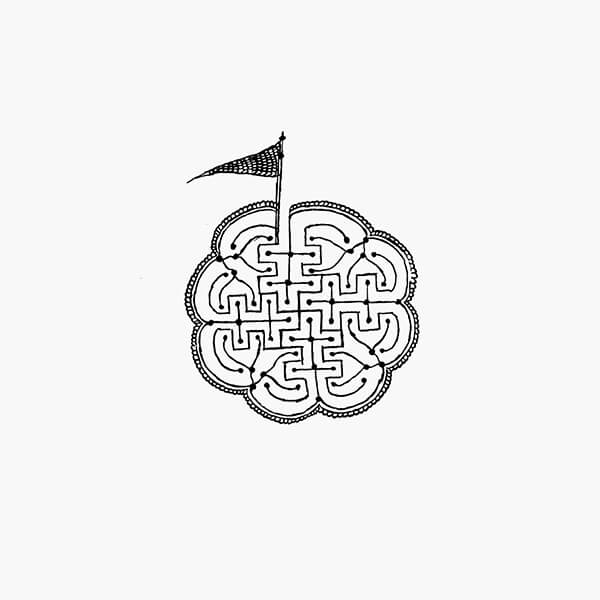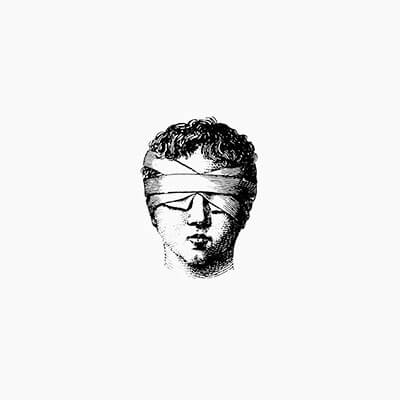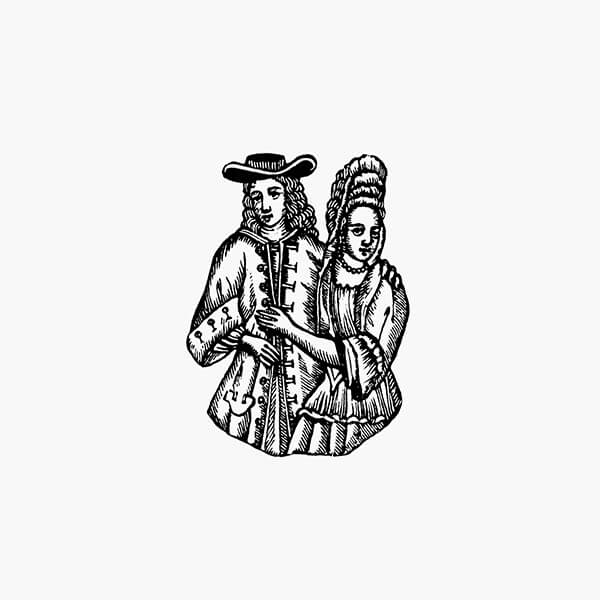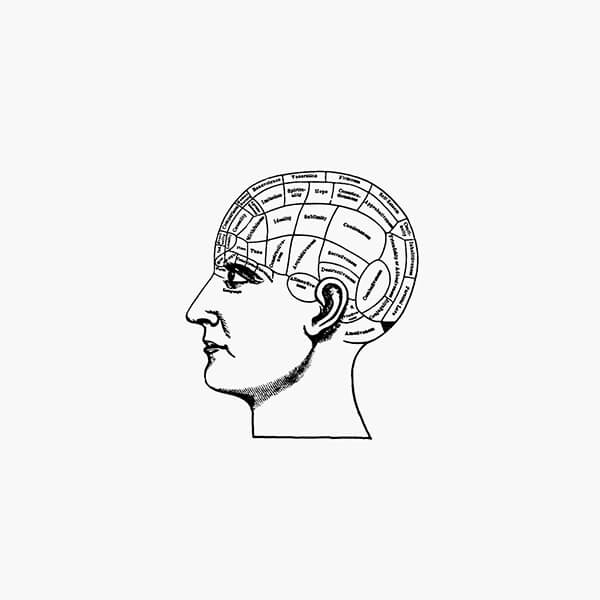



























Signs of Man
2111 Libro delle visioni
Codex Vindobonensis 8626
Jorge Luis Borges, Mariusz Karpowicz (Anthology curated by Jorge Luis Borges with texts by Platone, Cicerone, Th. Wright, Beda, l’Edda, Anonomo anglosassone, O. Vitalis, M. de Cervantes, W. Shakespeare, F. de Quevedo)
1980 / 144 PAGES
The master of visions and dreams, Jorge Luis Borges, selected literary views of the mournful realm of the dead to combine with the otherworldly images painted by humble and anonymous painters for the sumptuous funeral ceremonies of the Polish nobility.
In the endless plains of 17th-18th-century Poland, the death of a magnate was an occasion for lavish ceremonies that could last even months and take place in several places simultaneously. The protagonist of the representation, the Deceased, looked on from above as an effigy at the top of the coffin, towering over immense biers, staring at the astonished bystanders from the portrait specifically painted post mortem by humble and anonymous specialised painters. An art of portraiture governed by strict rules of physiognomic deformation, whose purpose was to make the piercing warning gaze of the Deceased reach the innermost corners of the church. Alongside 49 of these vitreous otherworldly images, presented for the first time to western readers with a historical-critical essay by Mariusz Karpowicz, the greatest Polish specialist on coffin portraits, the master of visions and dreams, Jorge Luis Borges, desired a selection of literary views into the mournful realm of the dead; including one of his short stories, written specifically for this book.
Al tempo in cui mise per iscritto la sua visione, Alberico era monaco a Montecassino. Suo padre era un barone, signore del castello dei Sette Fratelli, nella Campagna romana. All’età di dieci anni, il piccolo Alberico venne colto da un languore, e rimase in trance nove giorni e nove notti, morto sotto ogni apparenza. Appena cadde in tale condizione, un bianco uccello, una sorta di colomba, venne a mettergli il becco fra le labbra, e parve sollevarlo in alto; allora egli vide San Pietro e due angeli, che lo condussero nella regione più bassa. San Pietro gli disse che prima avrebbe veduto i tormenti più lievi, e poi, in seguito; le più terribili punizioni dell’aldilà.